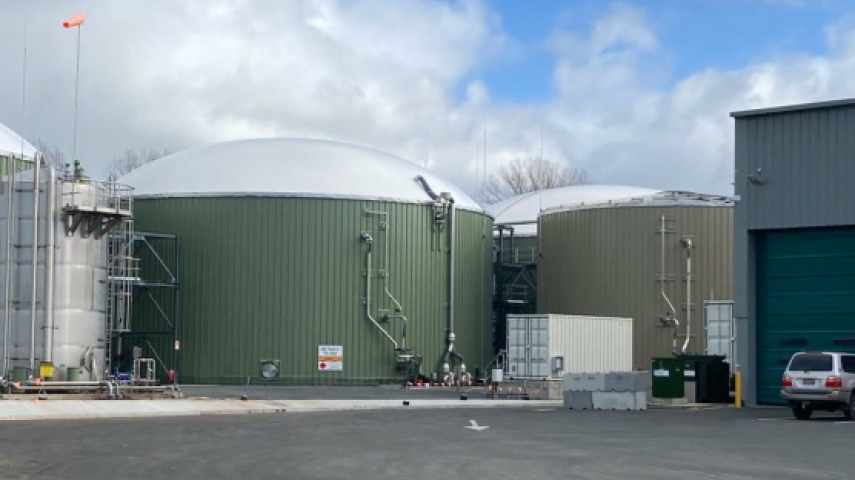Design prepared
January to July 2024Design and resource consent application prepared. ![]()
Resource consent lodged
July 2024Resource consent applications lodged. ![]()
- Environment Canterbury – environmental effects consent
- Christchurch City Council – land use consent
Construction tender released
September to December 2024Tender for construction goes out. ![]()
Land use consent granted
October 2024Christchurch City Council land use consent granted. ![]()
Resource consent hearing and decision
June – August 2025Environment Canterbury hearing held and decision released. ![]()
Environment Canterbury consent granted
August 2025Environment Canterbury consent granted. ![]()
Construction starts
October 2025Construction starts on new facility ![]()
Plant starts operating
Estimated April 2027EcoGas facility starts processing Council organics ![]()
Facility fully operating
Estimated October 2027EcoGas facility operating at full capacity ![]()
Bromley site closed
Estimated March 2028Bromley Organics Processing Plant closed ![]()
Design prepared
January to July 2024Design and resource consent application prepared. ![]()
Resource consent lodged
July 2024Resource consent applications lodged. ![]()
- Environment Canterbury – environmental effects consent
- Christchurch City Council – land use consent
Construction tender released
September to December 2024Tender for construction goes out. ![]()
Land use consent granted
October 2024Christchurch City Council land use consent granted. ![]()
Resource consent hearing and decision
June – August 2025Environment Canterbury hearing held and decision released. ![]()
Environment Canterbury consent granted
August 2025Environment Canterbury consent granted. ![]()
Construction starts
October 2025Construction starts on new facility ![]()
Plant starts operating
Estimated April 2027EcoGas facility starts processing Council organics ![]()
Facility fully operating
Estimated October 2027EcoGas facility operating at full capacity ![]()
Bromley site closed
Estimated March 2028Bromley Organics Processing Plant closed ![]()

